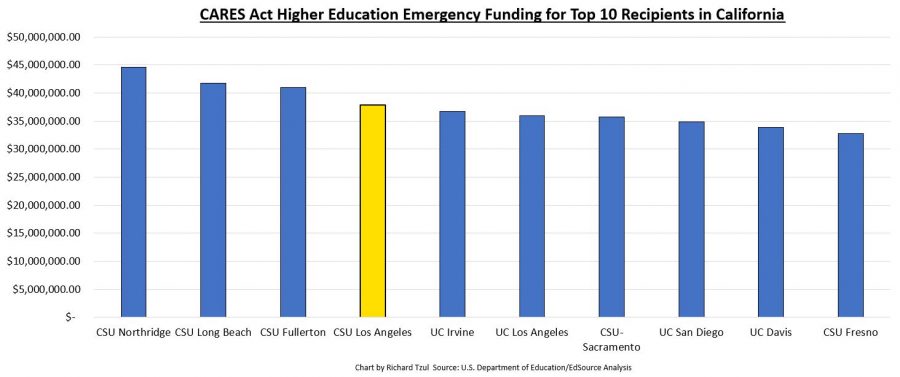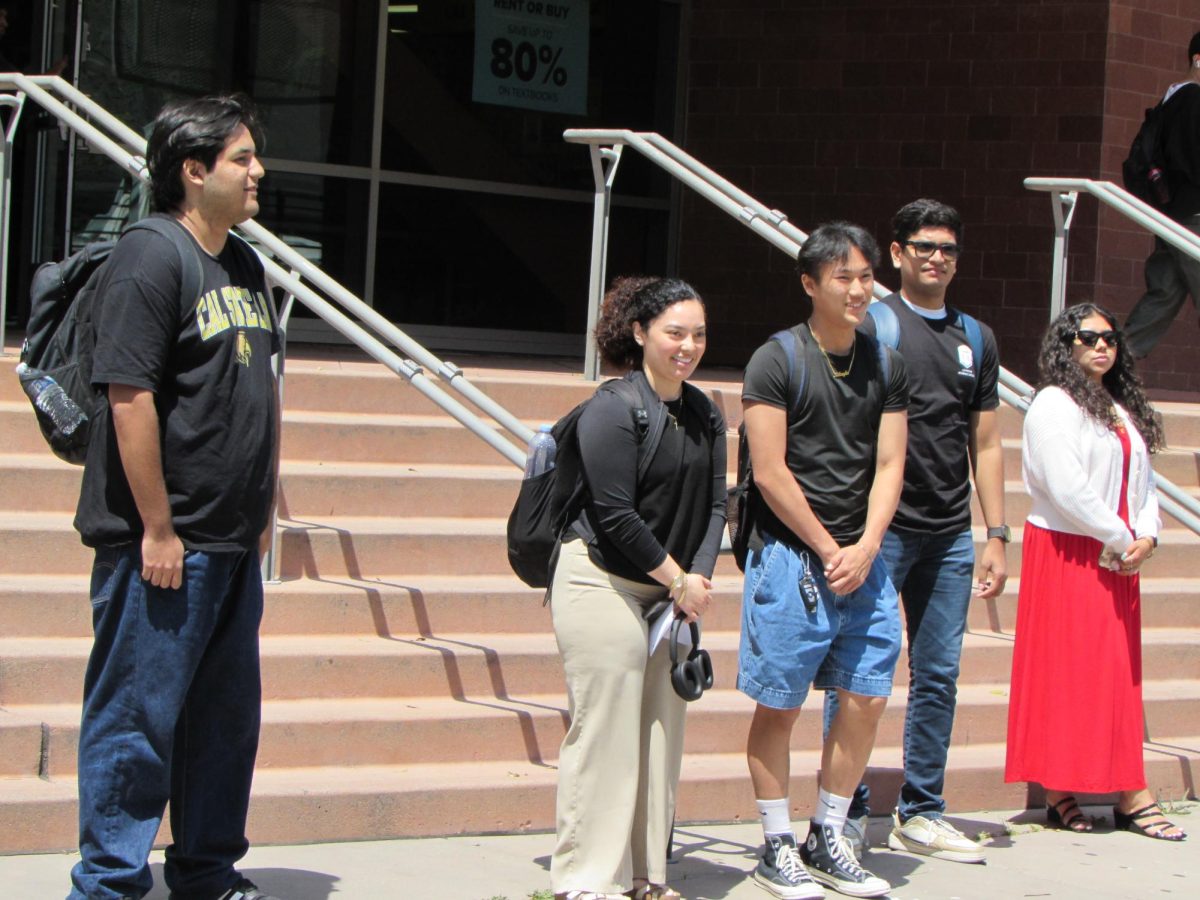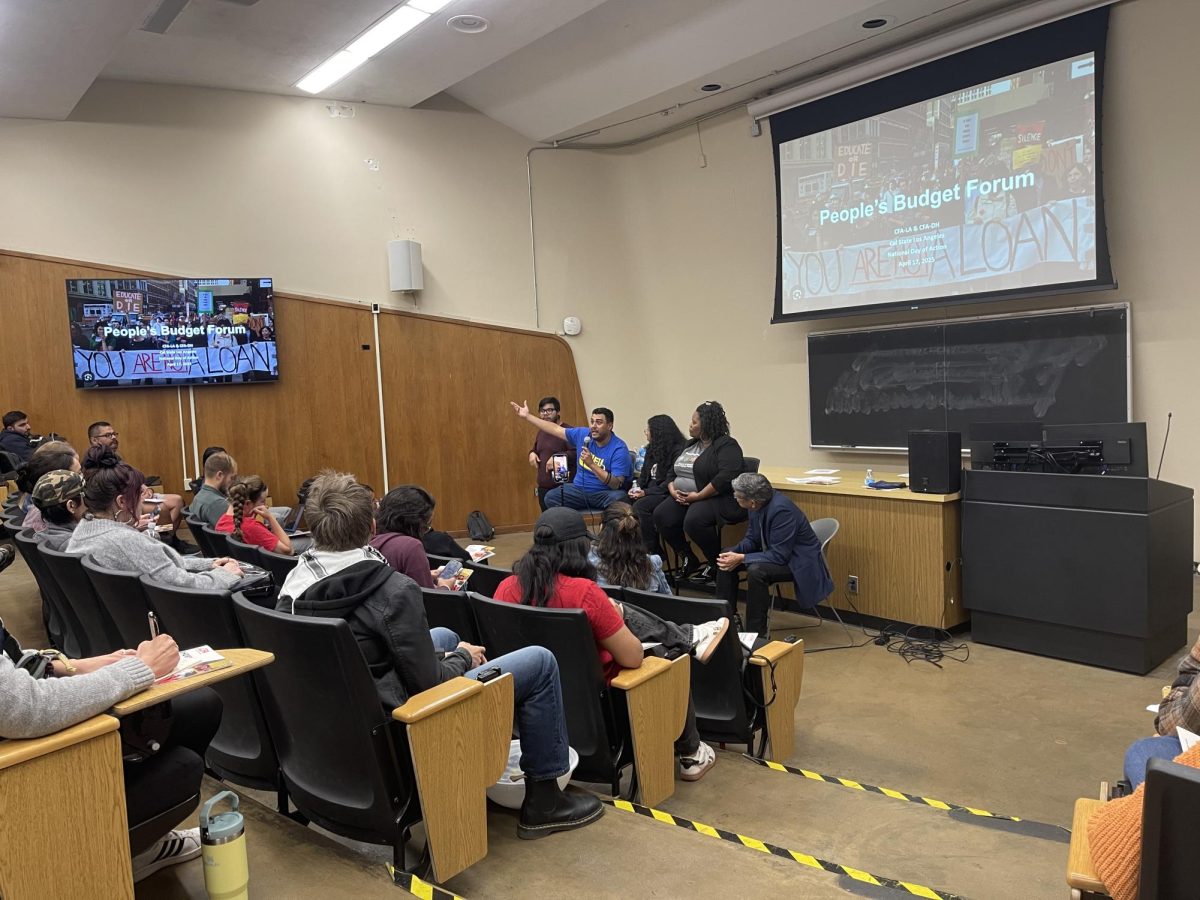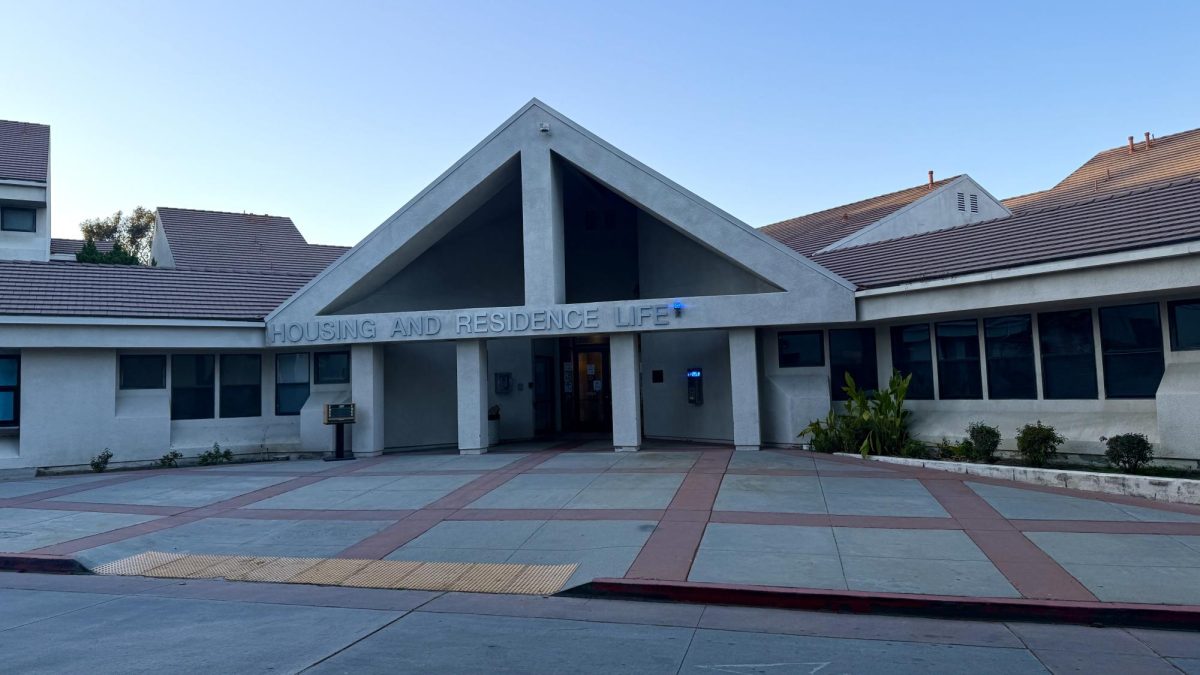Out of all eligible colleges and universities in the state, both public and private, Cal State LA will be receiving the fourth most federal aid to be disbursed to students in need and other potential causes.
The allocated money is a drop in the ocean compared to the $2 trillion CARES Act signed into law by President Trump in late March. The massive stimulus package — the largest financial bill in the history of the country — includes $14 billion for colleges and universities throughout the nation.
Over $1.7 billion has been allocated for higher education institutions across the Golden State, reported EdSource. Cal State LA received over $37 million, coming in fourth with the most aid, out of 529 eligible higher education institutions in California, according to a database organized by EdSource. The top three are Cal State Northridge, Cal State Long Beach and Cal State Fullerton in that order.
“The aid’s formula favors large public institutions where students attend full-time and a hefty share are low-income and eligible for the Pell Grant,” reported EdSource.
While receiving the fourth-most aid, Cal State LA has the second lowest enrollment among the 10 California schools receiving the most aid.
That’s likely because the school has a higher concentration of full time and/or low-income students qualified for Pell Grants compared to most other universities in California’s top 10 based on the UT’s interpretation of the aid formula and data.
“The University has yet to receive the funds from the federal government. Half of the funding will be used for grants to assist students in need,” said a school-wide email sent on Wednesday. “No decisions have been made regarding the remainder of the allocation, but these resources will be used to support our University community.” The school will announce updates as they learn more, the email added.
Robert Lopez, a Cal State LA spokesperson, was asked if there was any possibility of budget cuts despite the aid and if the school could use even more money.
“This crisis is ongoing,” he responded via email. “We don’t know how long it will last and what its financial effects will be.”
A CSU spokesperson, Mike Uhlenkamp, expressed gratitude about the funding. Echoing Lopez, he couldn’t assess whether budget cuts will occur down the line. (Though In late March, a “hiring chill” was implemented across the CSU.)
“The funding will help ease some of the burden the campuses are facing due to forgone revenue or unforeseen costs because [of] the pandemic,” he wrote in an email. “We still don’t have much clarity related to those last two areas – campuses will continue to both lose revenue and incur additional costs as long as various shelter-in-place and social distancing measures are in place – so it’s still too early to try to forecast the budget situation for next year.”
“Related to the CARES funds that are to be directed to students,” he continued. “University leaders are working to get those grants into the hands of the students that need it the most, as quickly as possible.













